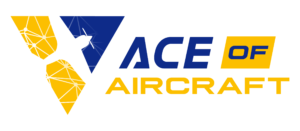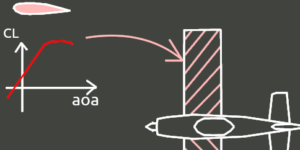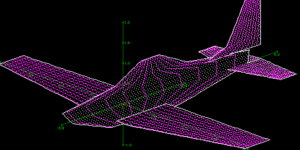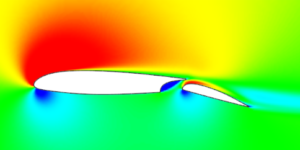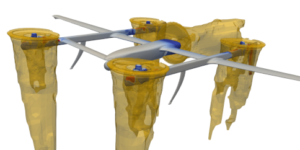1- Preliminary study : Draft analysis – Power-modeling – Mission simulation
Pre-study example to choose the dimensions of the main wing of an aircraft, according to the specifications (Stall speed, cruise speed and range requirements).
Features demonstrated in this tutorial:
– Draft analysis
– Power model for an engine with a constant speed propeller
– Fuel consumption model
– Mission simulation
